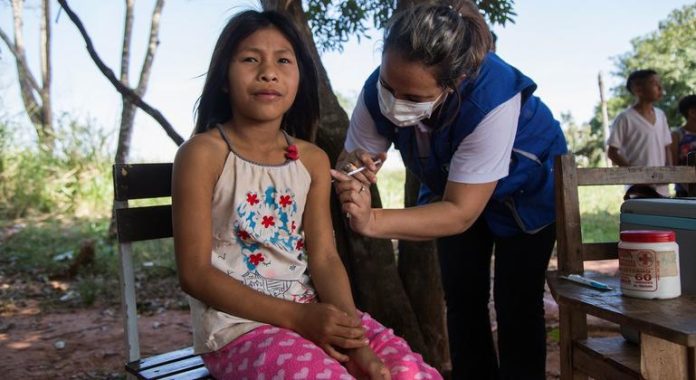The WHO on Friday announced the end of COVID-19 as a global health emergency. It was first declared in a clarion call from the agency on 30 January 2020. The deadly virus which has killed nearly seven million people, first appeared in the Chinese city of Wuhan in December 2019, with tens of thousands of cases reported in the following month. The virus became officially known as COVID-19, on 3 February as the new strain spread to 24 other countries. By 2022, vaccines had been developed and were widely available, like at this mobile clinic in Paraguay.
© PAHO/Baro Brizuela
In mid-March 2020, WHO upgraded COVID-19 to a global pandemic, and the world shut down. Children could not go to school, like this young student tuning into classes over the radio, broadcast across Ethiopia. Air travel halted. Workplaces shuttered. Lockdowns emptied streets. Healthcare workers became heroes. As did scientists working collaboratively to seek answers and solutions. Digital innovators in healthcare, schools, humanitarian agencies, the UN, and essential workplaces worldwide, introduced billions to a new virtual world.
© UNICEF/Nahom Tesfaye




